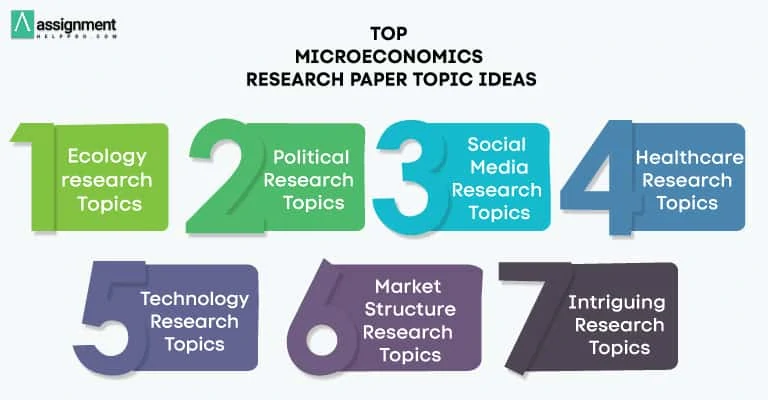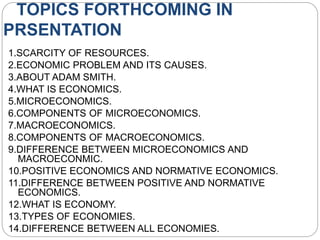Microeconomics is a branch of economics that studies the behavior of individuals and firms in making decisions about the allocation of resources and prices of goods and services. It focuses on the economic decisions made at the level of individual consumers, firms, and industries, rather than the macroeconomic factors that affect the entire economy. Microeconomic topics are diverse and can include topics such as supply and demand, elasticity, market structures, labor markets, and the distribution of income.
One important concept in microeconomics is supply and demand. The law of supply and demand states that the price of a good or service is determined by the interaction of the supply of the good or service and the demand for it. When the demand for a good or service increases, the price will generally rise, as firms will be willing to sell more at higher prices. Conversely, when the demand for a good or service decreases, the price will generally fall, as firms will be willing to sell less at lower prices. The law of supply and demand can be used to explain the behavior of prices in different markets and the impact of changes in demand or supply on prices.
Elasticity is another important concept in microeconomics. Elasticity refers to the degree to which the quantity of a good or service demanded or supplied changes in response to a change in price. A good or service is said to be elastic if a small change in price leads to a large change in the quantity demanded or supplied, whereas it is said to be inelastic if a large change in price is required to produce a small change in the quantity demanded or supplied. The elasticity of demand or supply can have significant implications for firms, as it can affect their ability to raise or lower prices.
Market structures are another important microeconomic topic. Different market structures exist depending on the number of firms in the market and the level of competition among them. Examples of market structures include perfect competition, monopolistic competition, oligopoly, and monopoly. In perfect competition, there are many firms producing a homogenous product and no barriers to entry or exit, leading to intense competition. In monopolistic competition, there are many firms producing differentiated products and some barriers to entry, leading to moderate competition. In an oligopoly, there are few firms and significant barriers to entry, leading to less competition. In a monopoly, there is only one firm and significant barriers to entry, leading to no competition. Each market structure has its own characteristics and can affect the behavior of firms and prices in the market.
Labor markets are another key area of study in microeconomics. Labor markets refer to the market for the supply and demand of labor, including wages, employment levels, and working conditions. Microeconomic analysis can be used to understand factors that influence the demand for labor, such as technology and globalization, as well as the supply of labor, such as education and training. The interaction between the demand for and supply of labor can affect the wage rate and employment level in a particular industry or region.
Finally, the distribution of income is another important microeconomic topic. Income distribution refers to the way that total income is distributed among different groups in society, such as by income level, gender, race, or age. Microeconomic analysis can be used to understand the factors that influence the distribution of income, such as education, occupation, and access to resources. The distribution of income can have significant implications for social and economic outcomes, such as poverty rates and economic inequality.
In conclusion, microeconomic topics are diverse and important for understanding the behavior of individuals and firms in making economic decisions. These topics include supply and demand, elasticity, market structures, labor markets, and the distribution of income. Understanding these microeconomic concepts can provide valuable insights into how different markets and industries
:max_bytes(150000):strip_icc()/TermDefinitions_microeconomics-7d533d2308fa4a4d893819aa9d2ba85a.jpg)






